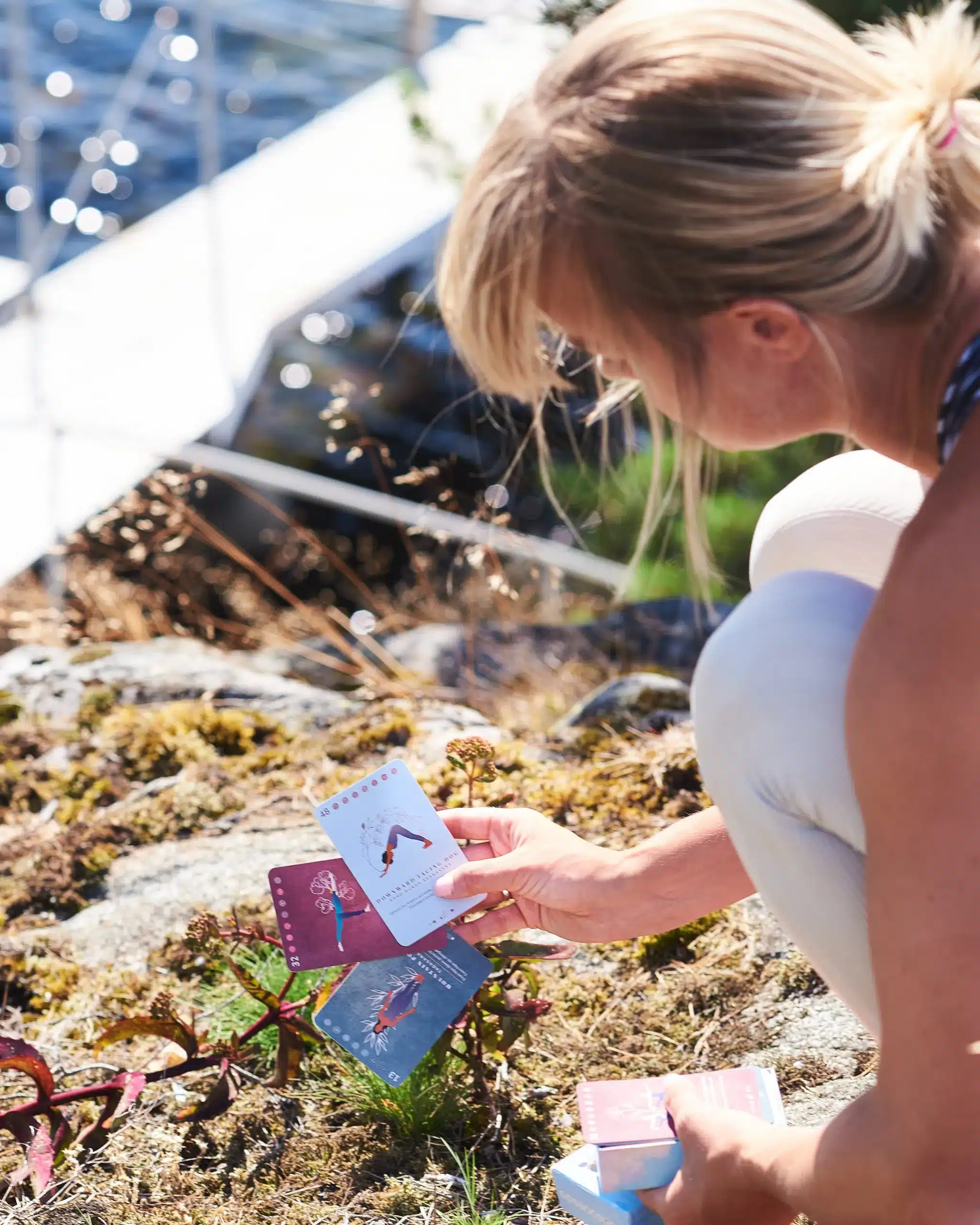
How To Create Your Own Yoga Sequences (For Beginners and Teachers)
You don’t have to be an advanced yogi to be able to practice yoga at home independently. With just some basic understanding of how yoga
We’re Turning 5 – Celebrate With an EXTRA 15% OFF!
✨ Use code: PPB5YEARS at checkout
⏳ Offer ends Sunday at midnight – no extensions
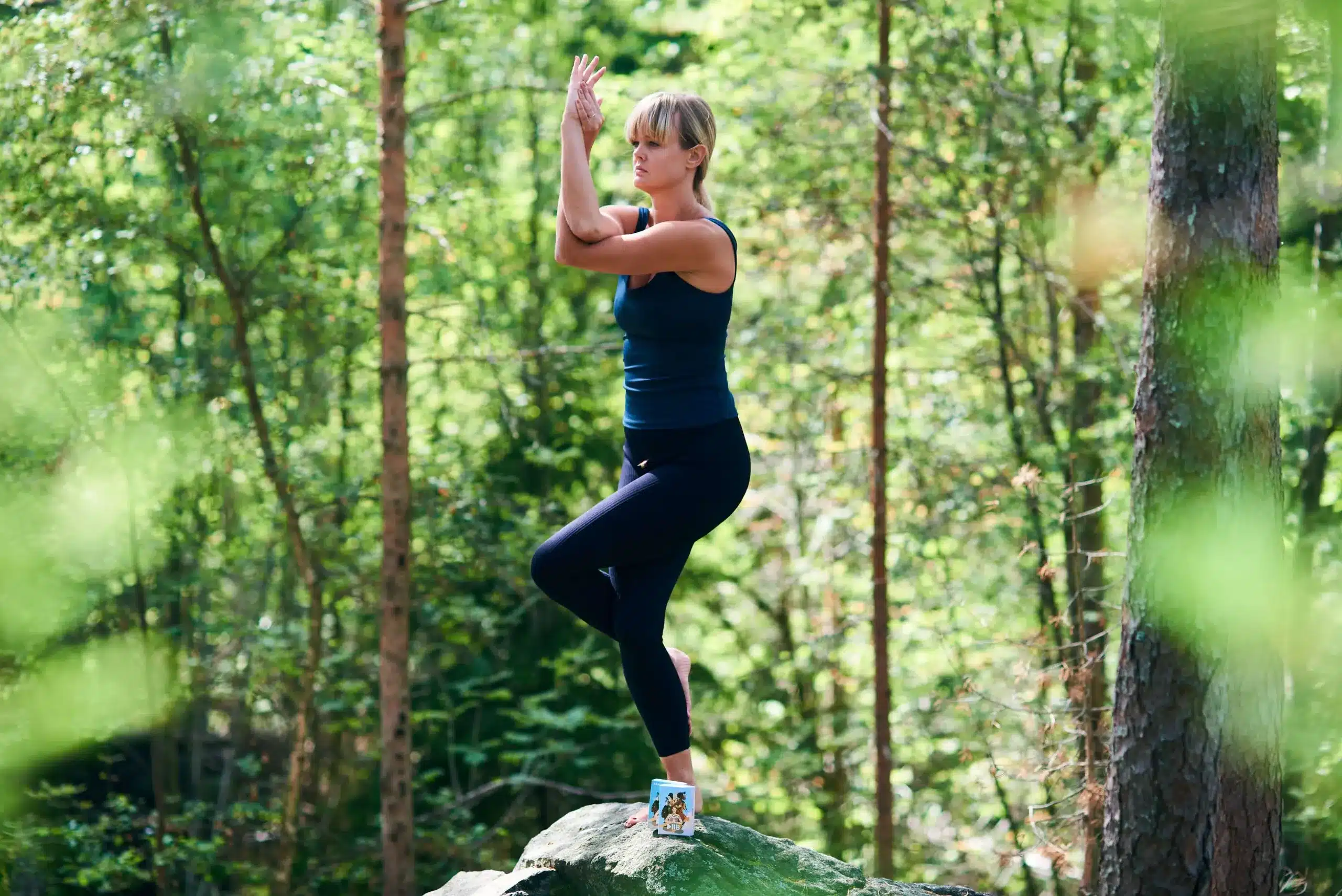
Self-practice means practicing yoga without guidance from an instructor, i.e., not following an online video. Practicing independently can initially feel overwhelming but it’s one of the best ways to advance your yoga journey. For example, holding yoga poses for the right amount of time can be a challenge for beginners, but with self-practice, you can learn to listen to your body and hold each pose for as long as feels comfortable.
And the good news is… it’s totally doable, even if you’re new to yoga! So, if you feel like yoga is something you need more of in your life, read on to learn the top three benefits of starting a self-practice and tips to create and maintain it, including how to determine how long to hold yoga poses for beginners.
When you practice yoga alone, you’re not following a flow created and led by someone else. Moreover, you’re not concentrating on watching the teacher’s demos or listening to their cues. Instead, you’re focused solely on yourself and how your body feels, including how long you should hold each pose.
At first, self-practice can seem a little overwhelming if you’re used to following the guidance of an instructor. But over time, you’ll start to connect with your body, noticing which poses and transitions feel nourishing and which ones feel forced or harmful. This allows you to move in a way that feels best for your body at that moment, including determining how long to hold yoga poses for beginners.
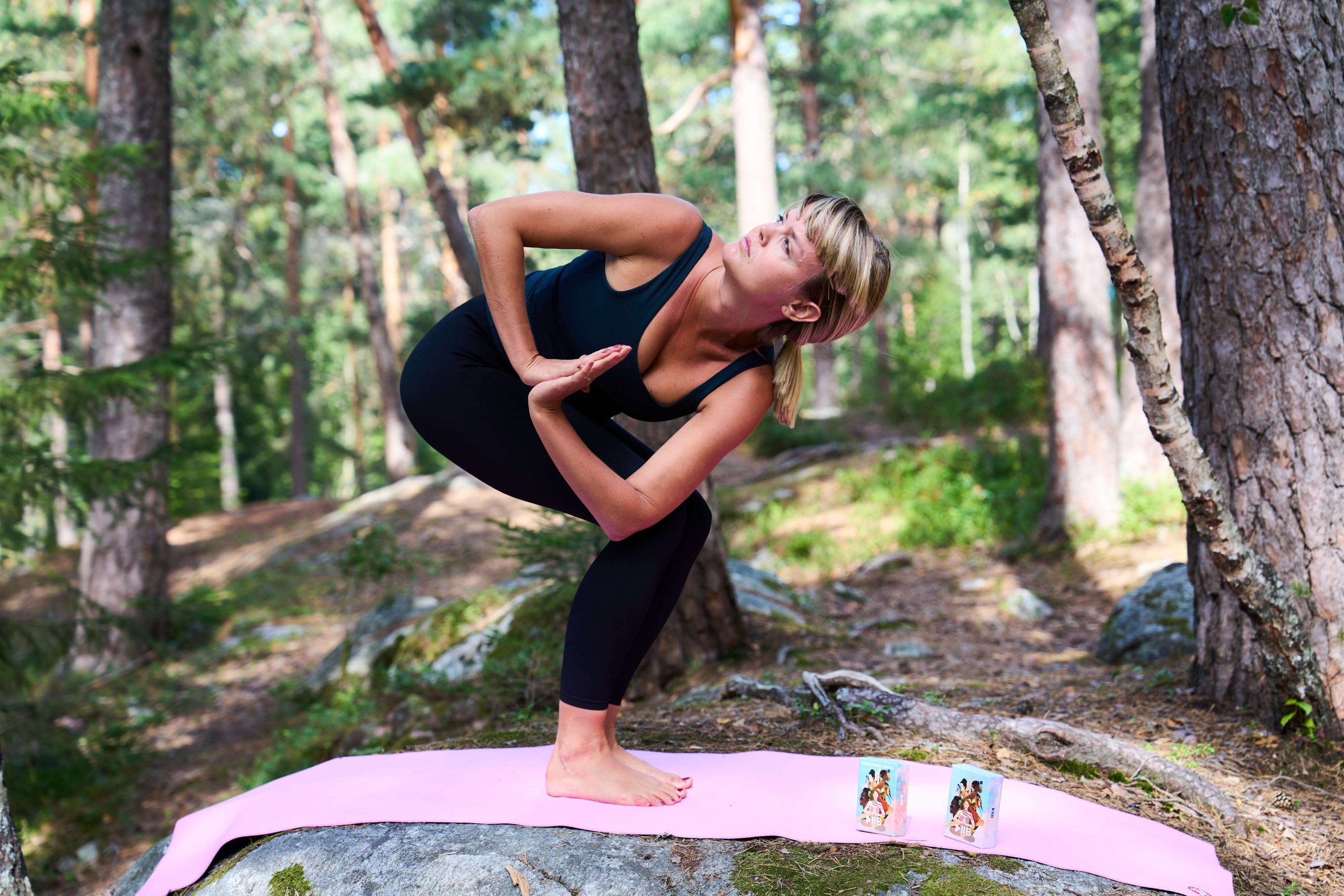
Practicing yoga with an instructor can help you learn how to breathe during the practice. They cue you when to inhale, exhale, and count your breaths as you hold a pose. However, it can be challenging to sync your breath to the other students,’ and sometimes you might find the pace is too slow or too fast, especially when trying to figure out how long to hold yoga poses for beginners.
The beauty of self-practice is that there is no one else you have to keep up with. Instead, you can find the pacing that works best for you and discover the real art of moving with your breath. You can also slow the pace without missing out on asanas or speed it up if your body calls for a challenge. And with the freedom to set your own pace, you can deepen your connection to the breath, which is one of the fundamental aspects of yoga.
When you can practice yoga at home, there is no excuse not to make it part of your daily routine. With the skill of self-practice, you can start each morning with mindful movement or end your days with relaxed stretching.
You’ll experience many benefits by adding yoga self-practice to your morning or evening routine. Firstly, as you practice yoga more often, you’ll see yourself progress quicker, whether in strength, flexibility, or something else, and in no time, you’ll have a solid understanding of how long to hold yoga poses for beginners.
Secondly, research has shown that routines play an important role in mental health. By cultivating a healthy yoga ritual, we feel more productive, focused, and less stressed.
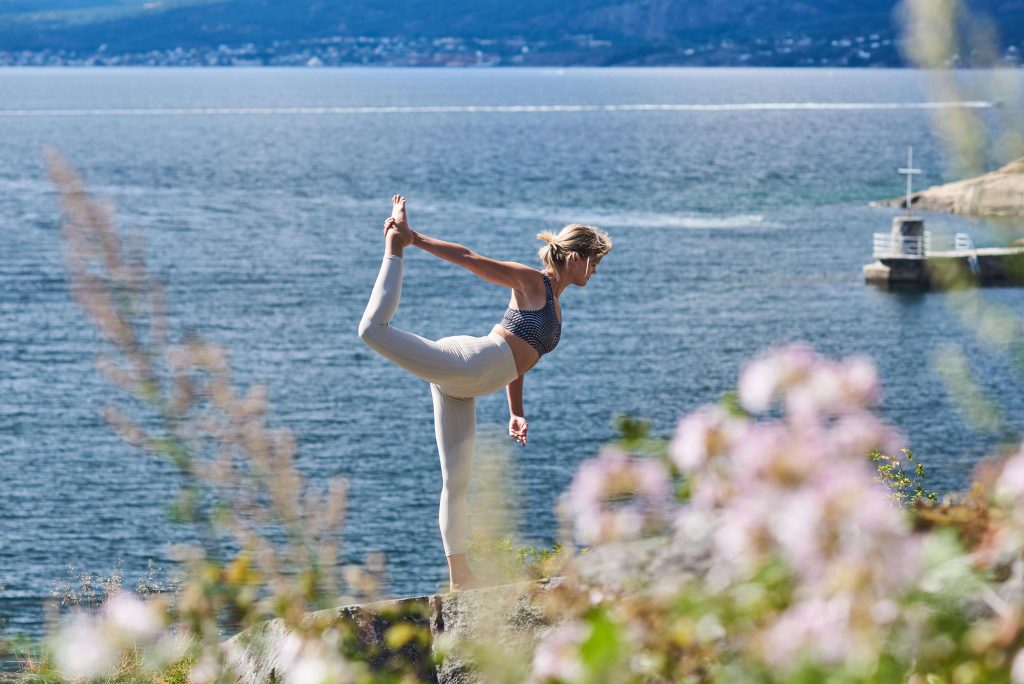
As I mentioned, you don’t have to be a pro to experience the benefits of a yoga self-practice. Here’s how you can create a fun, effective, and safe home practice that you’ll look forward to each day.
As a beginner, it’s essential to be realistic about what you can achieve in your self-practice. It’s much better to start with shorter durations and gradually increase the time you spend in each pose as you feel more comfortable.
As you sit down on your mat to start your practice, you might experience your inner critic telling you things like, “you don’t know what you are doing; why are you even bothering?” Alternatively, you may think, “I’m too tired; maybe I’ll skip practice today.” This can easily lead you to give up before you’ve even started.
However, if you set yourself a minimum duration to spend on your mat each day, you’ll be more likely to stick it out and actually enjoy it. Let’s say you set a minimum duration of 10 minutes. Even if you end up in Child’s Pose for that time, you’ll still benefit more than if you did nothing.
Moreover, in more cases than not, you’ll start to enjoy it after a while and continue beyond those 10 minutes. Start with poses that are easy for you and gradually add more challenging ones as you progress. Remember, it’s about progress, not perfection, and progress takes time. So, be patient, have fun, and enjoy the journey.
If you’re new to yoga, it’s important to use props like blocks, straps, and blankets to help you perform poses correctly and comfortably. Props can also help you hold poses for longer, especially if you’re still figuring out how long to hold yoga poses for beginners.
Incorporating props into your yoga self-practice will make it easier, safer, and more enjoyable, so make sure to have some on hand when you start.
Do you feel you don’t have enough knowledge to practice independently or safely? Or do you worry that you will forget what pose comes next? If yes, The PlayPauseBe Yoga Deck will be your best friend, giving you vital guidance but letting you stay in total control.
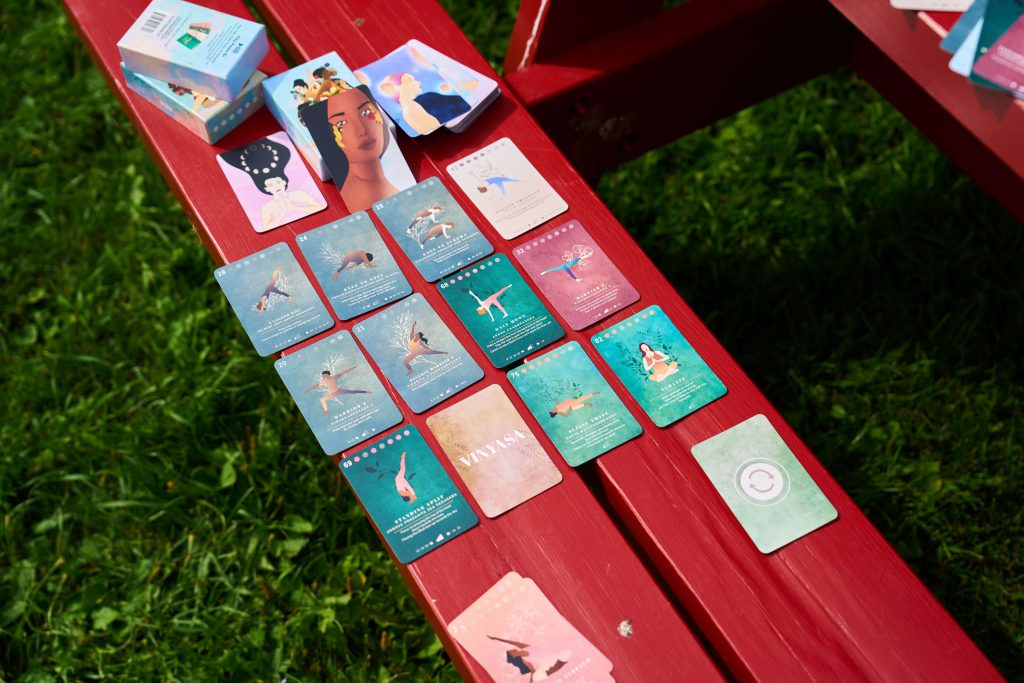
The PlayPauseBe Yoga Deck has 82 illustrated asana cards, giving you endless inspiration. However, what makes the deck so helpful is the sequencing features. For example, the cards are divided into 9 categories, like warm-up, standing, balances, and slow-down, making it easy to understand which asana goes where.
Moreover, on the bottom of each card are suggestions for poses to practice before and after the card in hand. This referencing system helps you warm up the correct muscles and build flows correctly. You can learn more about creating sequences with the PlayPauseBe yoga deck in this video, or in this article.
For your home practice, I recommend choosing a corner of a room that is quiet, unclustered, and where you are less likely to be disturbed. You can then create some ambiance there. For example, I have a small altar with candles, incense, and crystals, and I look forward to the ritual of lighting some incense before I settle into my practice.
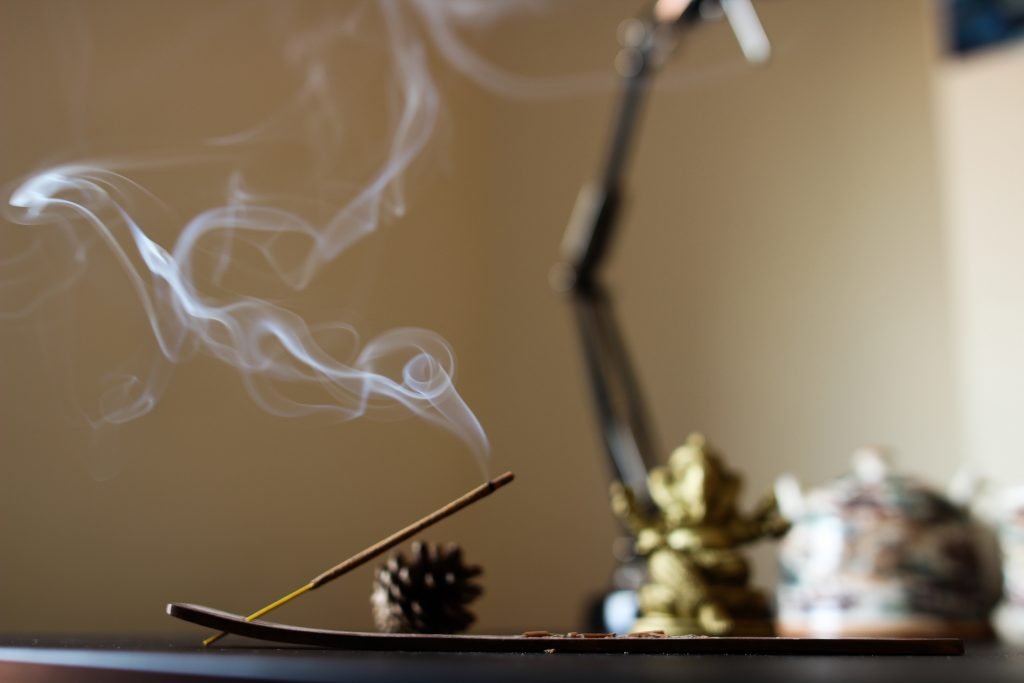
If you like to practice with music, you may also want to have a portable speaker in your yoga corner. Or maybe you have a favorite cushion that will make the area feel special. So decorate the space in a way that creates a calming feeling for you. Then place your props and other tools like the PPB yoga deck there for easy access.
Another way to reduce overwhelming feelings is to start each practice with the same few poses. That way, you create structure and don’t have to sit and think about what to do; you just begin.
You may find having five or so regular opening yoga poses allows you to connect to your body enough to determine what it needs from the practice going forwards. This awareness and presence will then help you intuitively flow into other sequences.
If you need some inspiration, try: Childs Pose – Cat/Cow – Downward Dog – Standing Forward Fold – Tadasana.
Independent practice teaches us to listen and respond to our bodies, find our own pace and breath connection, and build a healthy daily routine. And thanks to innovative tools like the PlayPauseBe yoga deck, you can create a personal practice, no matter your experience level.
Check out this helpful video for more tips on starting a yoga self-practice.
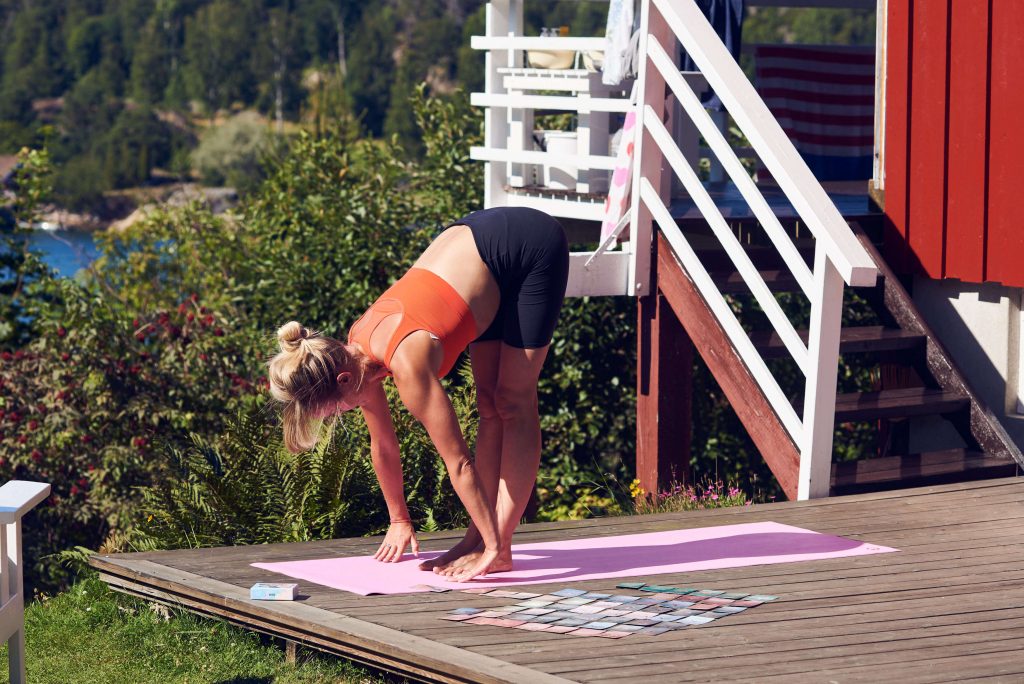

You don’t have to be an advanced yogi to be able to practice yoga at home independently. With just some basic understanding of how yoga
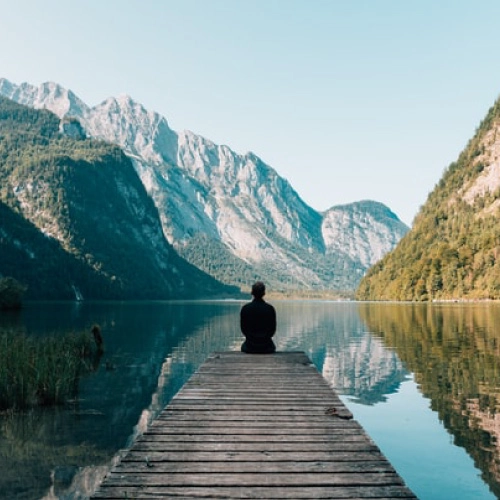
Exploring Ahimsa — the first Yama — has truly been a deep inner journey that has brought back emotions and memories for me.Rediscovering the power
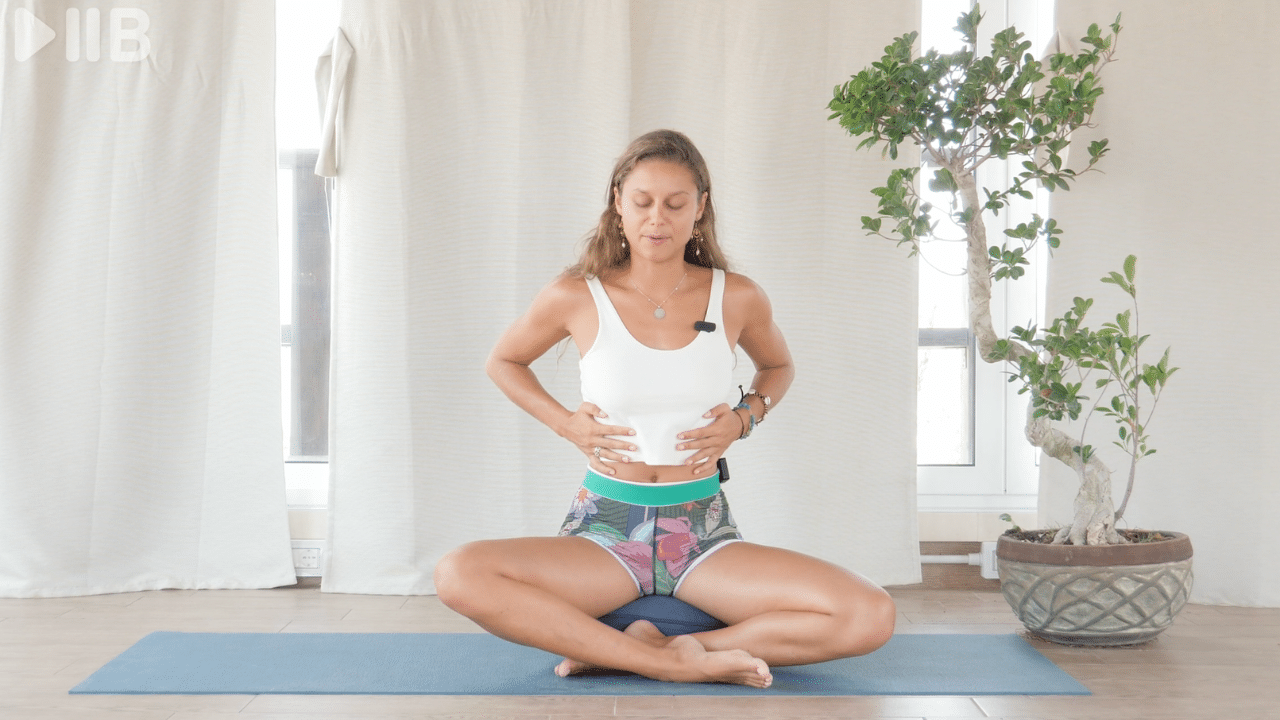
You don’t have to go to many yoga classes or watch many online tutorials to know that breathing is a vital part of yoga practice.

Celebrate With an EXTRA 15% Off
Enjoy an extra 15% OFF everything – decks, bundles, and courses.
✨Use code: PPB5YEARS at checkout
Offer ends Sunday at midnight – no extensions!